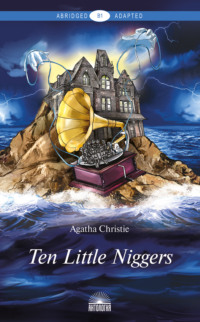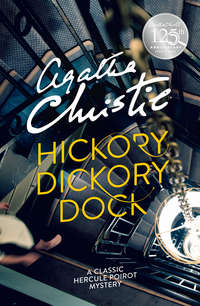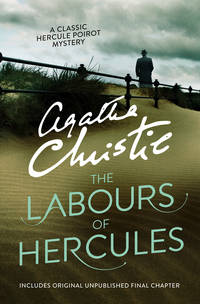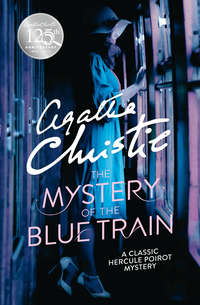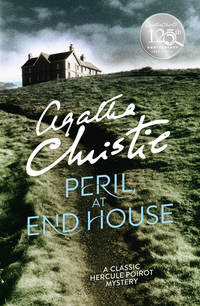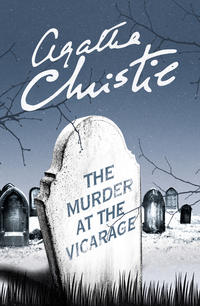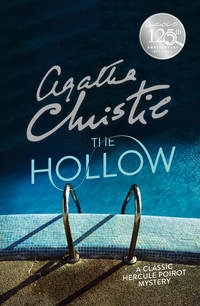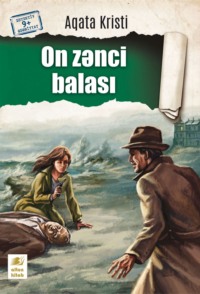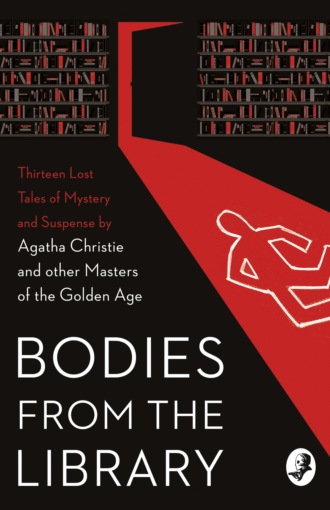
Полная версия
Bodies from the Library: Lost Tales of Mystery and Suspense by Agatha Christie and other Masters of the Golden Age
Croft-Cooke published his first work, a slim booklet of verse entitled Clouds of Gold, at the age of 18. Aged 19, after a brief period working as a private tutor, he decided to go in search of what he would later describe as ‘adventure, romance and excitement’. He secured a teaching post in Argentina and travelled throughout South America, taking in Brazil and even the Falkland Islands. After two years he returned to England, and began working as a freelance journalist and writer, as well as broadcasting on 2LO, one of the first radio stations in Britain, which would go on to become part of the BBC.
In 1940, Croft-Cooke enlisted in the Intelligence Corps, serving first in Madagascar and later in India. On returning to civilian life, he settled in Ticehurst, Sussex, where he continued to write. In 1953, as part of a ‘war on vice’—defined as encompassing prostitution and homosexuality—initiated by the then Commissioner of the Metropolitan Police, Croft-Cooke and his Indian companion and secretary were charged with indecency and convicted. After serving his sentence, he sold up and moved to Tangier, where he spent the next fifteen years writing and playing host to visiting writers including Noël Coward.
Over a career lasting more than fifty years, Rupert Croft-Cooke was amazingly prolific. He authored nearly thirty volumes of autobiography, including The World is Young (1937) on his experiences in South America, as well as collections of verse, memoirs of his extensive travels and biographies of Lord Alfred Douglas—Oscar Wilde’s Bosie—and of the entertainers Charles ‘Tom Thumb’ Stratton and Colonel ‘Buffalo Bill’ Cody. Croft-Cooke also wrote widely on subjects that interested him, including his beloved darts and the circus, as well as the importance of freedom of the press and the problems caused by ‘petty’ regulation. After his conviction and subsequent imprisonment, he argued for greater tolerance of homosexuality and in support of improvements to the penal system. His writing was highly regarded by critics up to the early 1950s, but after his conviction, reviews tended to be more negative and even favourable ones were marred by obscurely worded but plainly homophobic allusions.
As well as his extensive writing under his own name, Croft-Cooke also wrote detective stories using the pseudonym of Leo Bruce. His first mystery novel, Case for Three Detectives, was published in 1936. While the titular detectives parody Lord Peter Wimsey, Hercule Poirot and G. K. Chesterton’s Father Brown, the case is solved by a cockney policeman, Sergeant William Beef, who would go on to appear in seven other novels. In the early 1950s, Croft-Cooke abandoned Beef and created another amateur sleuth, Dr Carolus Deene, a history teacher who would appear in more than twenty novels. As Bruce and under his own name, Croft-Cooke wrote many short stories including a round-robin novella with Beverley Nichols and Monica Dickens, author of the Follyfoot series of children’s novels. His last book was published in 1977 and Rupert Croft-Cooke died in 1979.
One of four uncollected stories to feature Sergeant Beef, The Inverness Cape was first published in The Sketch on 16 July 1952. The text in this collection is taken from the original manuscript of the story in the author’s papers, where it was located by Curtis Evans, author of Masters of the ‘Humdrum’ Mystery and The Spectrum of Murder.
Конец ознакомительного фрагмента.
Текст предоставлен ООО «ЛитРес».
Прочитайте эту книгу целиком, купив полную легальную версию на ЛитРес.
Безопасно оплатить книгу можно банковской картой Visa, MasterCard, Maestro, со счета мобильного телефона, с платежного терминала, в салоне МТС или Связной, через PayPal, WebMoney, Яндекс.Деньги, QIWI Кошелек, бонусными картами или другим удобным Вам способом.


